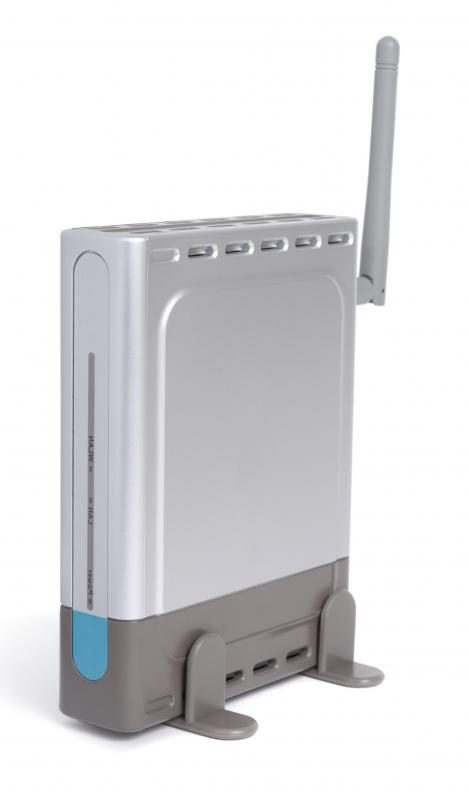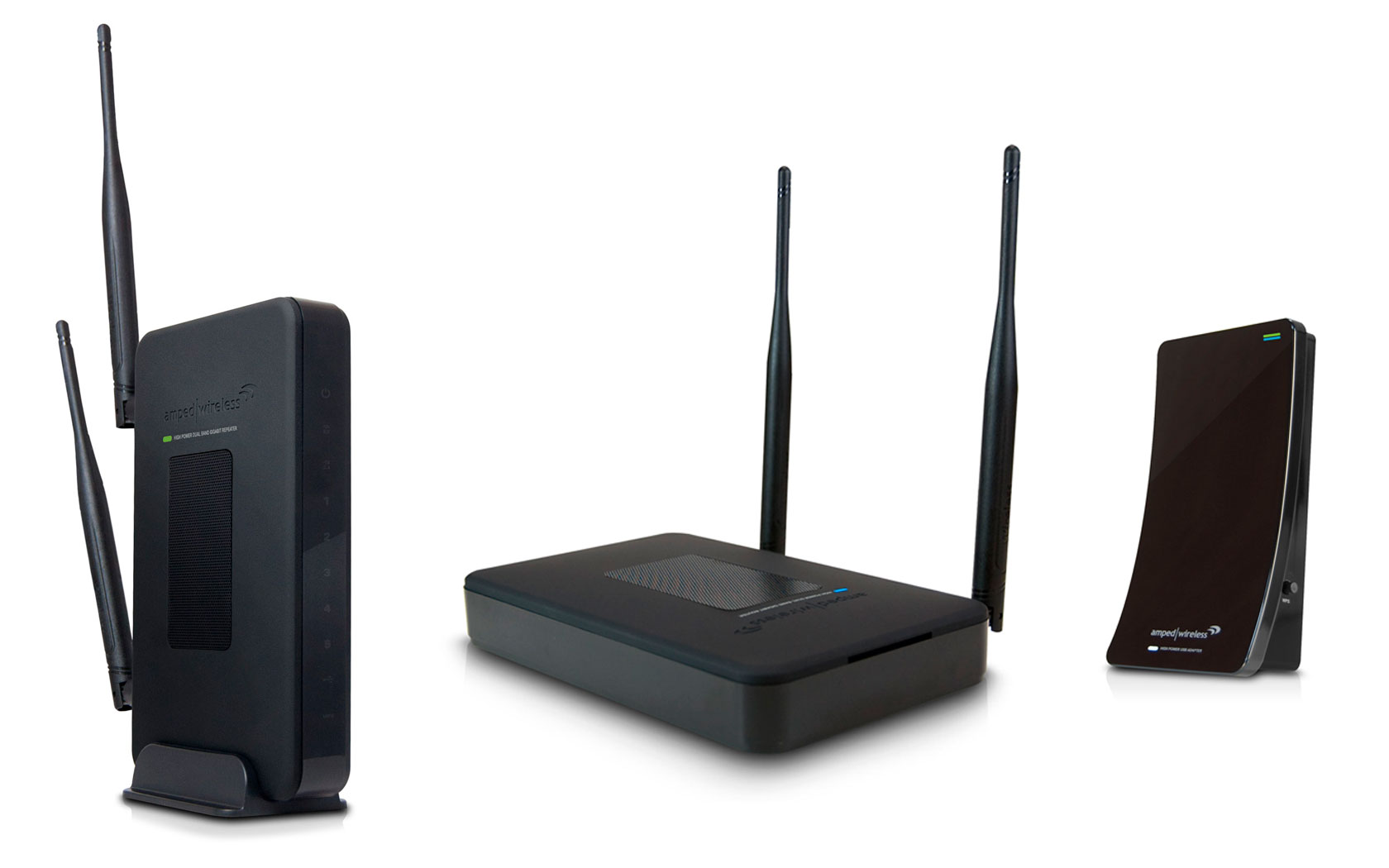Wireless Router
suffer connectivity loss when used in a terrain that has hills and valleys when line of sight is interrupted or range is exceeded. To resolve this problem and achieve acceptable network performance, we have designed an adaptive, configurable, hybrid system to automatically route network packets along the best path between multiple geographically dispersed modules. This is very useful in planetary surface exploration, especially for ad-hoc mobile networks, where computational devices take an active part in creating a network infrastructure, and can actually be used to route data dynamically and even store data for later transmission between networks. Using inspiration from biological systems, this research proposes to use ant trail algorithms with multi-layered information maps (topographic maps, RF coverage maps) to determine the best route through ad-hoc networks at real time. The determination of best route is a complex one, and requires research into the appropriate metrics, best method to identify the best path, optimizing traffic capacity, network performance, reliability, processing capabilities and cost. Real ants are capable of finding the shortest path from their nest to a food source without visual sensing through the use of pheromones. They are also able to adapt to changes in the environment using subtle clues. To use ant trail algorithms, we need to define the probability function. The artificial ant is, in thiscase, a software agent that moves from node to node on a network graph. The function to calculate thefitness(evaluate the better path) includes: length of the network edge, the coverage index, topology graphindex, and pheromone trail left behind by other ant agents




.jpg)






No comments:
Post a Comment